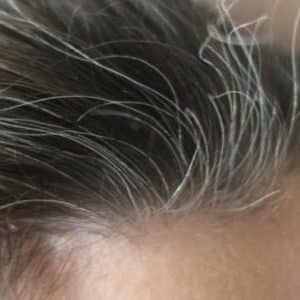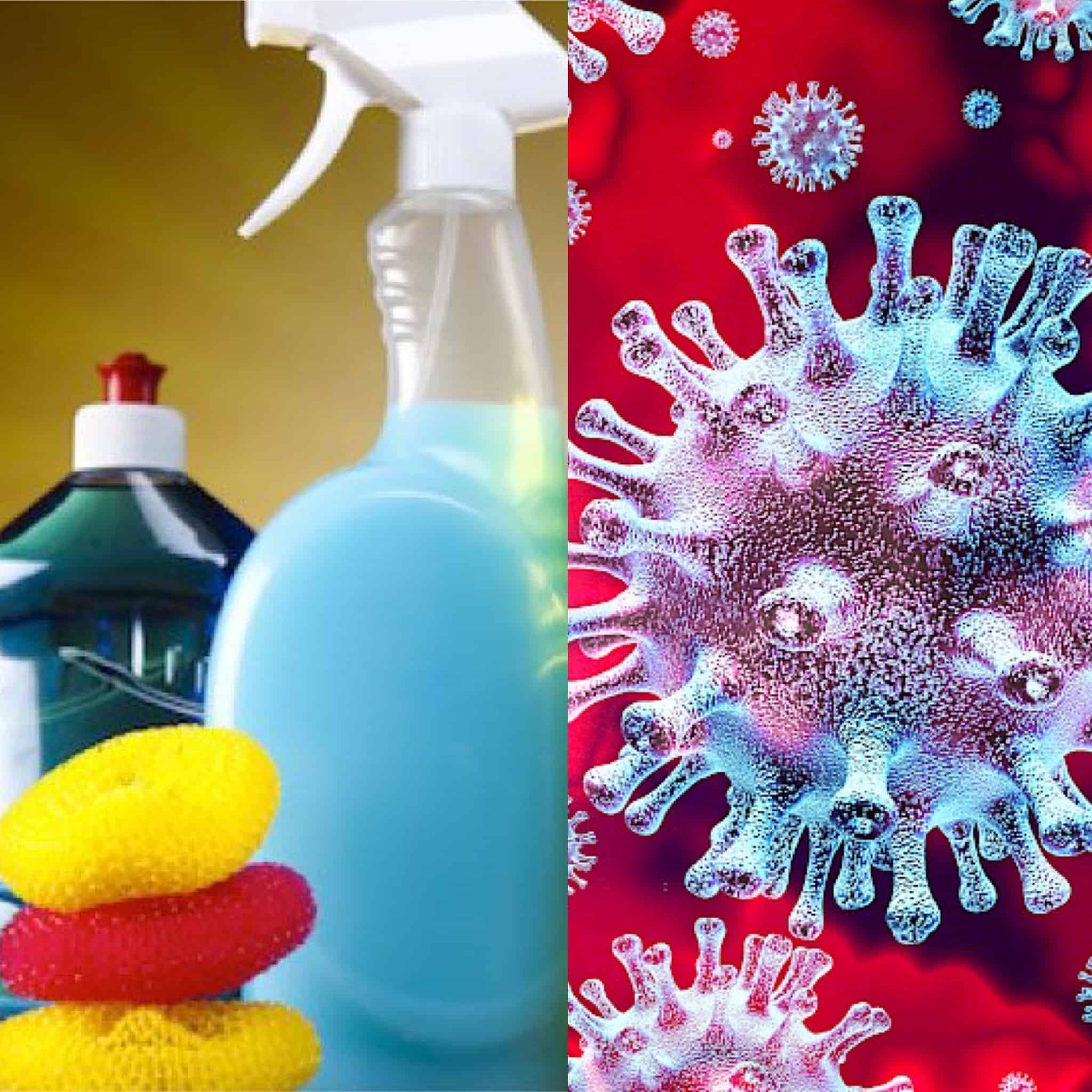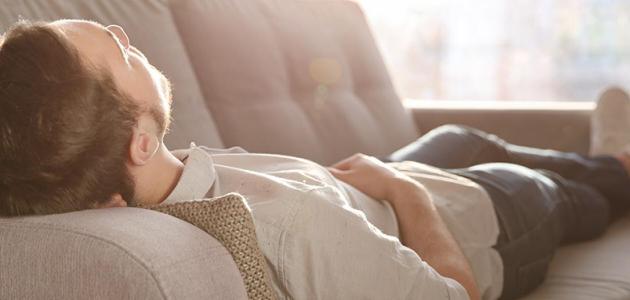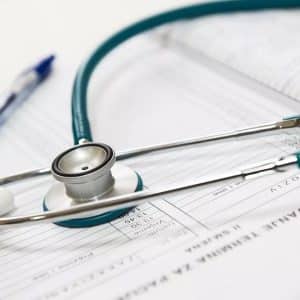New treatment for stroke patients
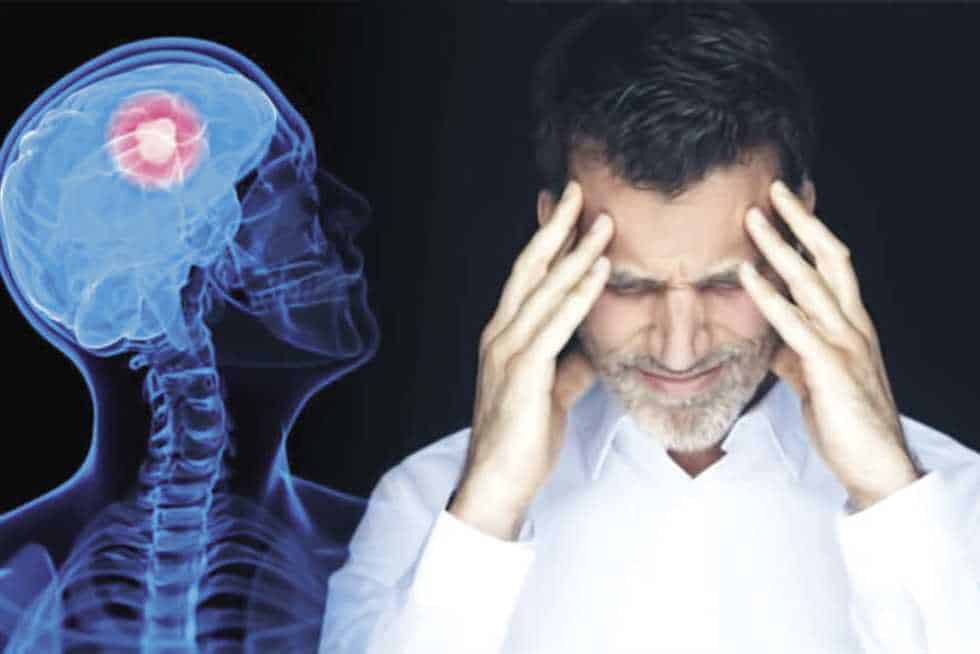
New treatment for stroke patients
A team of scientists has discovered the possibility of implanting a device the size of a matchbox in the neck to provide stimulating impulses of electricity, which can help stroke patients recover hand movements, according to what was published by the British “Daily Mail”.
transplant surgery
Vagus nerve stimulation involves implantation surgery, somewhat similar to a pacemaker. The implant is inserted into patients under general anesthesia by making a horizontal neck incision around the cricoid cartilage, which surrounds the trachea.
Once implanted, the device stimulates the vagus nerve on the left side of the neck during intense physical rehabilitation. The electrical impulse from Vivistim is often felt by the patient as "a transient tingling in the throat" that fades with time.
It lasts for twenty years
According to the team of scientists, the safety of VNS implants has been demonstrated in other clinical areas, with researcher Dr. Charles Liu, director of the USC Neurorestoration Center in California, "VNS implants have been performed for more than 20 years and are generally simple and straightforward," expressing enthusiasm "for the possibility of Performing safe and well-established surgeries that may help restore hand and arm function after a stroke.”
Long-term loss of arm function is common after a stroke — the most common type of stroke associated with blocked blood flow to the brain. Approximately 80% of people with acute stroke have arm weakness, and up to 50 to 60% still have persistent problems after six months. There are currently few effective treatments to enhance arm recovery after a stroke, and intensive physical therapy is currently the best treatment option.
Other topics:

